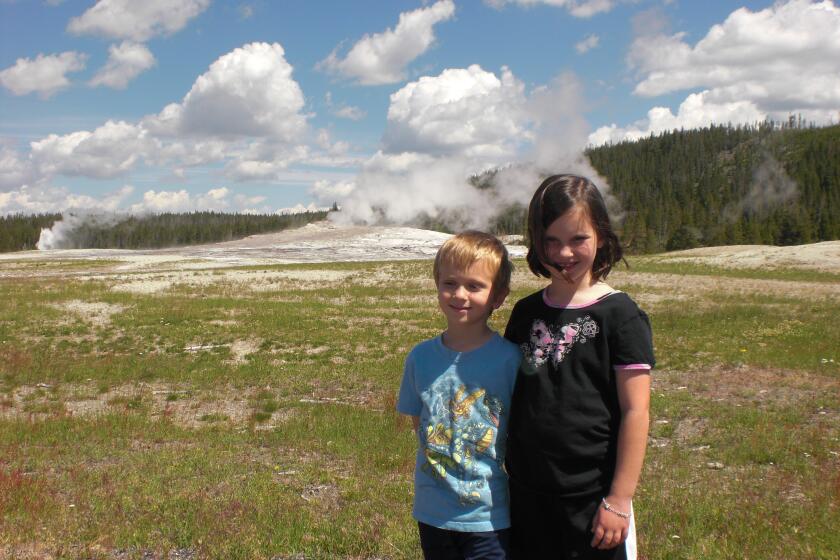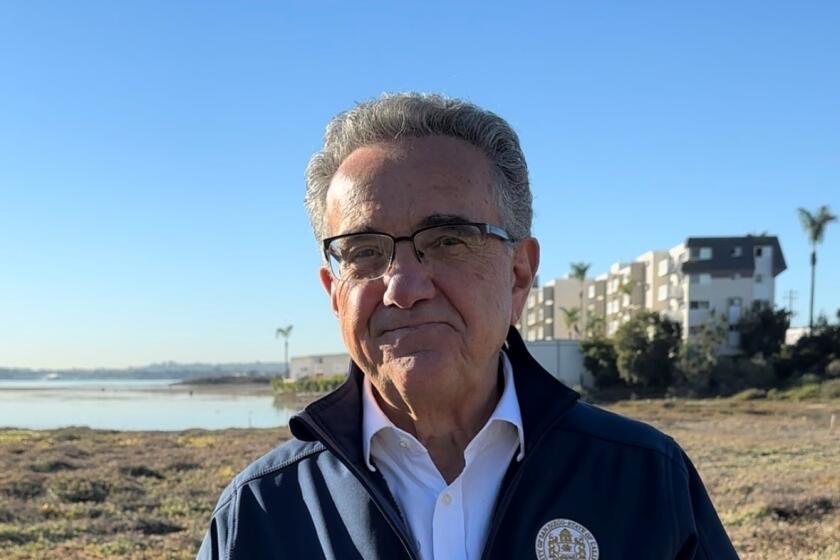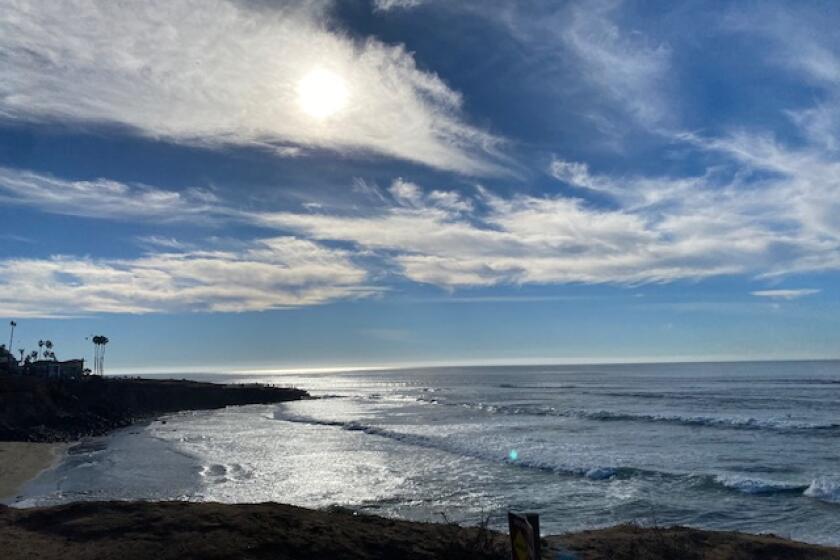Commentary: San Onofre deal doesn’t take public interest to heart
The outcome of a recent legal challenge to deal with spent nuclear fuel from the shuttered San Onofre nuclear power plant exposes the overwhelming influence large nuclear power companies like Southern California Edison have in forcing solutions that defy common sense and deject members of their local communities. It also shows the tangled web of government responsibility that too often leaves no single entity taking the ultimate responsibility to keep the public interest at heart. For a problem like long-term nuclear waste storage, this is a recipe for sustained failure.
To understand why many years of ineffective oversight and government neglect culminating in this settlement between Edison and private groups has produced such dreadful results, consider the simple and most obvious solution to the interim storage of the remaining fuel: moving it to a safe, secure location away from the Pacific Ocean. The spent nuclear fuel at San Onofre is extremely hazardous for millennia and poses a risk of contaminating the ocean and community around the plant as long as it stays there. While moving spent nuclear fuel has risks, it must eventually be moved to a permanent disposal site. So just move it one time to a better storage location until technology or compromise find a permanent solution.
Related: How nuclear waste deal can save San Diego
Yet despite the years of government review, Edison will leave the fuel partially buried in the terraced plateau tens of feet above the Pacific Ocean where the San Onofre plant sits, nestled between a major highway and the Pacific Ocean just north of San Diego. This is one of the worst possible permanent locations for the fuel.
The problem is Edison never planned to deal with this issue so soon. A series of technical blunders and management mistakes forced the utility to close the plant decades ahead of schedule. The cost of finding a proper solution gives the owner motivation to battle and cajole the regulators into accepting that there simply is no alternative but to leave it where it is.
Accountability is easy to avoid because of the confusing jurisdiction and indifference of the safety authorities. At the federal level, the Nuclear Regulatory Commission is the sole authority for radiation safety. This means the storage containers used to hold the fuel and the facility to hold the containers are approved by the commission, but Edison does need a specific approval for its plan from the agency. This is the nuclear safety equivalent of the tag on your mattress that you are not supposed to remove. To compound the problem, the California Coastal Commission gave approval in 2015 for the deployment of the spent fuel facility despite the agency’s lack of full authority. That decision, which was challenged in court and led to the recent settlement, was ultimately more bark than bite. The Coastal Commission simply could not — due to the Nuclear Regulatory Commission’s pre-emptive authority — compel the plant owner to change much of its plan.
Behind all this, Edison was happy to agree to a settlement which committed it to do nothing different than what the utility intended all along: leave the fuel on the shores of the Pacific. The agreement requires the plant owner to identify a location to move the fuel as long as the actions are “commercially reasonable.” To that end, Edison will spend no more than $4 million in hiring a team of experts — of its own choosing — to come up with such a plan. But if such a solution were commercially reasonable, Edison would have done it already. If fact even if Edison found a site, the settlement allows the utility to decide if it wants to move the site. There are no hard commitments for Edison to change course. But there never could be anyway. The only group that could truly compel fuel movement move is the Nuclear Regulatory Commission or maybe the California Coastal Commission, but both have long since absolved themselves of responsibility for the situation. The end result is a dissatisfied community and a victorious Southern California Edison.
Dealing with the nation’s spent nuclear fuel will become an even greater challenge as more nuclear power plants decommission. The lesson from San Onofre shows that the energy companies who made the waste and are ducking responsibility for disposing it still have all the control in their communities. But there is a simple solution: Make Edison find a better site and move the fuel. The only question is: Will anyone with the power to make Edison do this have the courage?
Jaczko is the former chair of the U.S. Nuclear Regulatory Commission.
Get Weekend Opinion on Sundays and Reader Opinion on Mondays
Editorials, commentary and more delivered Sunday morning, and Reader Reaction on Mondays.
You may occasionally receive promotional content from the San Diego Union-Tribune.





